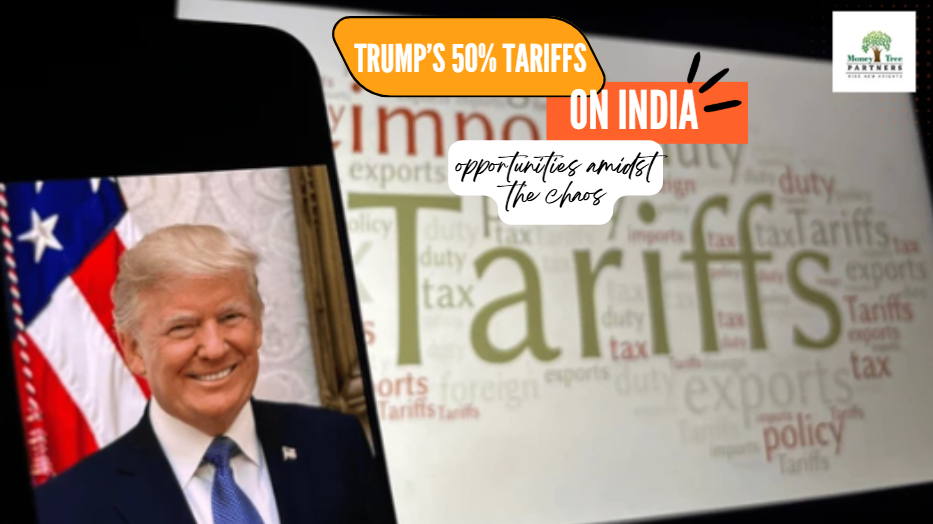How to Build a ₹1 Crore Corpus with SIP: A Step-by-Step Guide
Creating a ₹1 crore corpus is not solely a goal for affluent investors. Through the advantages of SIP (Systematic Investment Plan) and the effects of compounding, even modest and regular contributions can accumulate into a substantial sum over time. In India, SIPs have emerged as the most dependable and disciplined method to achieve long-term objectives such as retirement planning, funding children’s education, or wealth accumulation. Below is a straightforward, step-by-step guide designed to assist you in confidently and systematically reaching your ₹1 crore goal. 1. Begin Early — Even a Minor SIP Can Grow Significantly Over Time Time serves as your greatest asset. The earlier you commence, the lesser your monthly SIP obligation becomes. For instance: To accumulate ₹1 crore in 30 years, you would need to invest approximately ₹3,000 each month (assuming a 12% return). For a 20-year period, the requirement is about ₹10,000 monthly. For a 15-year duration, your SIP requirement escalates to ₹23,000 per month. Initiating your investment early alleviates financial strain and enables compounding to exert its beneficial effects. The longer your funds remain invested, the greater their growth — not just on your contributions but also on the returns generated. 2. Select the Appropriate Type of Mutual Funds When aiming for a long-term goal such as accumulating ₹1 crore, it is essential to invest in the right category of funds. The most suitable options typically include: Equity Mutual Funds – Perfect for long-term wealth generation Index Funds – Cost-effective, stable performers over the long term Large & Mid Cap Funds – A balanced approach to risk and growth potential Flexi Cap Funds – Offering diversified exposure and flexibility Equity funds generally outperform inflation over extended periods of 10–20 years. Always consider long-term performance, expense ratios, fund consistency, and the track record of fund managers before choosing a SIP scheme. 3. Increase Your SIP Amount Every Year (SIP Step-Up Strategy) A highly effective method to achieve ₹1 crore more quickly is to raise your SIP by 10% annually. This approach is practical as salaries and incomes tend to increase each year. Example: If you initiate a SIP of ₹10,000 per month and augment it by 10% each year, you can reach ₹1 crore in significantly less than 20 years. Step-up SIP assists you in: Combatting inflation Enhancing wealth without incurring financial strain Utilizing your increasing income effectively 4. Maintain Consistency and Avoid Emotional Choices Markets will fluctuate — however, your SIP should persist. The true strength of SIP resides in rupee-cost averaging, where you acquire more units when markets decline and fewer when they rise. Consistency mitigates overall risk and stabilizes long-term returns. Refrain from halting SIPs during market corrections. Historically, remaining invested during periods of volatility has consistently resulted in greater wealth accumulation. 5. Conduct an Annual Review and Rebalance Once a year: Evaluate your portfolio’s performance Contrast it with your objectives Modify asset allocation (equity/debt) if necessary Confirm that you remain on course for your ₹1 crore goal A brief yearly review fosters discipline and keeps you focused on your objectives. FAQs 1. What SIP amount is required to achieve ₹1 crore? Based on your investment horizon: 30 years → ₹3,000/month 20 years → ~₹10,000/month 15 years → ~₹23,000/month (Assuming 12% annual returns) 2. Which funds are optimal for building a ₹1 crore corpus? Equity mutual funds, index funds, flexi-cap funds, and large & mid-cap funds are ideal for long-term wealth generation. 3. Is it still possible to reach ₹1 crore if I begin investing late? Yes, but you will require a larger SIP amount. Additionally, employing a step-up SIP strategy can help accelerate growth.
How to Build a ₹1 Crore Corpus with SIP: A Step-by-Step Guide Read More »











